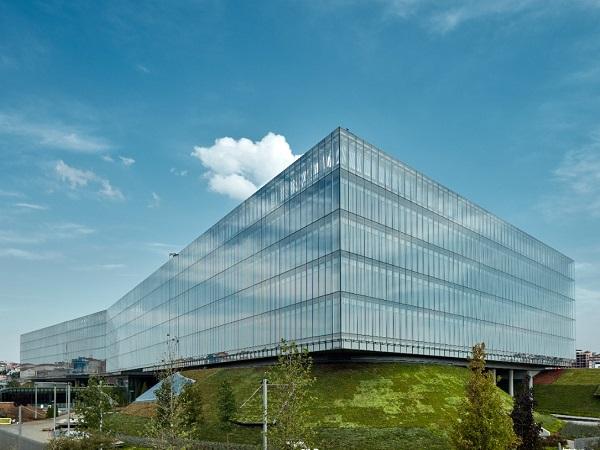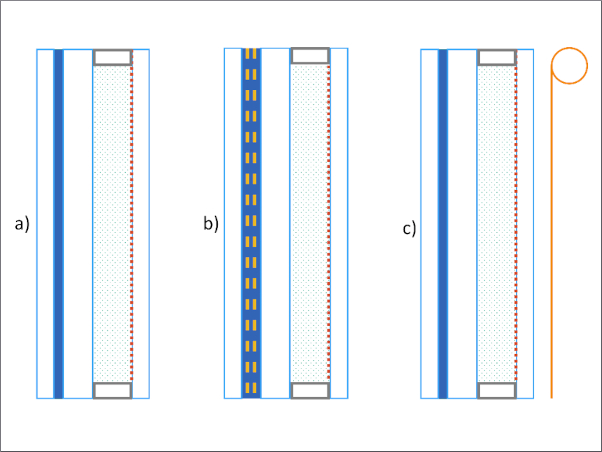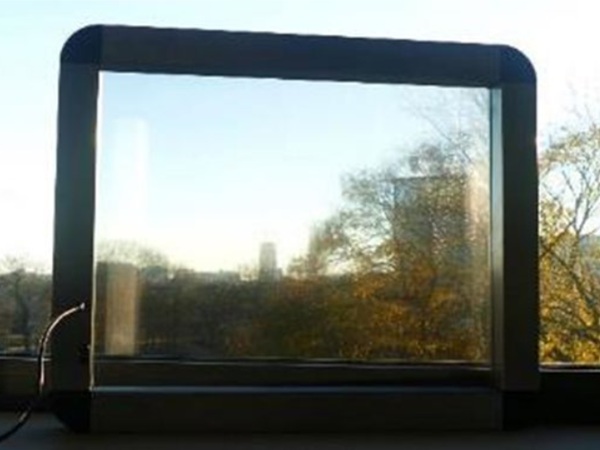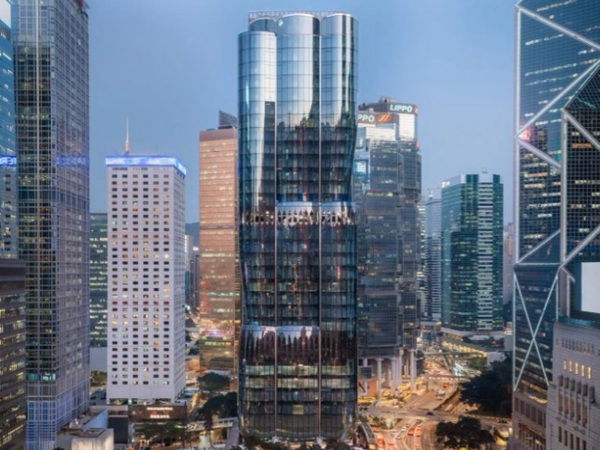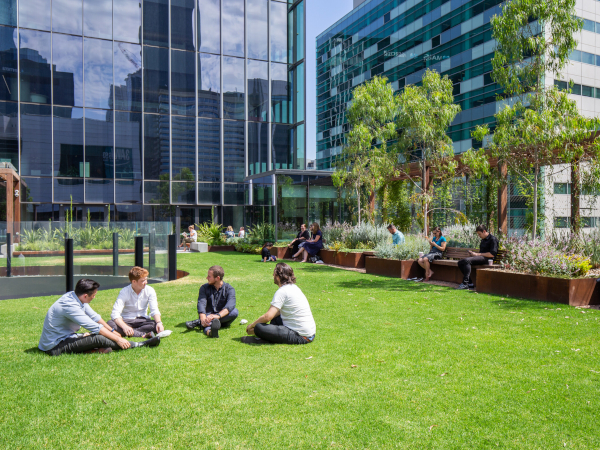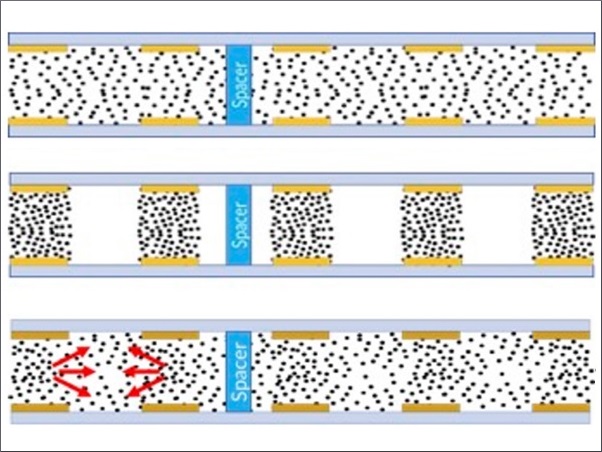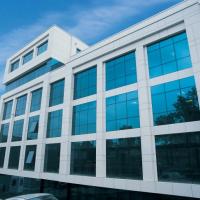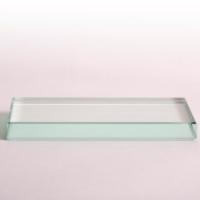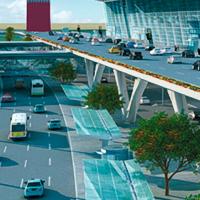From a selective solar control glazing with internal shading to a dynamic glazing liquid crystal technology, we have studied the criteria for selecting a dynamic shading solution that is right for you. Here we present a comparison chart for various solutions. Take a look. It will help you make a fast and accurate choice.
Into the world of dynamic shading solutions
The recent advancements in both software and hardware technologies enable the solar shading systems to function dynamically in interaction with their environment. Thanks to this development, dynamic shading systems can respond proactively to variable parameters of their surroundings, such as sun angles and solar insolation. External shading, double skin façade, dynamic glazing… the list goes on. It is time to catch up with the latest advancement in the world of shading solutions!
The perfect match: solution designed for each application
However, grasping specific technicalities including their design and operational mechanisms presents a challenge for many architects and designers. For you, we have compared 5 solutions according to 13 criteria, such as:
- Sizes available
- Glare control
- Natural light transmission
- Average speed of switching
- Neutrality of the transmitted colour
- View from inside on the outside
Our comparative review
The following table is a product of such careful consideration. It aims to provide you with a one-stop review of various dynamic shading systems in trends now and inform you of their recommended application. Do you want to make a smart decision about your future dynamic shading solution? With this expert information at hand, you will be able to deliberate an effective judgment regarding the potentials and limitations in enhancing system performance in light of any integrated design objectives that you may have. Which one is more suited for your project? Let’s find out now.
Make a smart decision about your future dynamic shading solution thanks to our comparative review

